One of my favorite insects to find in the city, and they’re incredibly easy to see if you know what to look for, are the hover flies. The family Syrphidae contains about 6,000 species (890 in North America). They’re known as Syrphid flies but more commonly they’re called hover flies or flower flies, and can be found around the world in a variety of habitats. You’ve possibly seen them but mistaken them for a bee, as many of them resemble them so convincingly, their images are often wrongly used on articles about bees. Look a little closer and you’ll see these are not bees; they have two wings like all in the Diptera (fly) family, while bees and wasps have four wings. They are identifiable from other flies because they have a ‘false vein’, or a vein between the third and fourth longitudinal veins that ends without attaching to other veins. It’s this false vein, or spurious vein which allows them the ability to hover in place by giving the wings a bit of flexibility.
Additionally, they have little or no fur or bristles on their bodies and never on their heads. Further clues are their antennae, which are fairly short, bee antennae are longer. Hover flies also have no stingers and no biting mouth parts, so the next time you see one outside, you can impress your friends by not being afraid while everyone else scrambles for cover. Of course, as you probably surmised, they don’t look like bees by chance, they are excellent mimics and some will even go so far as to mimic a stinging motion if you can catch them. Apparently it’s possible to raise a finger when a hover fly is hovering in front of you and have them land on it. I have to say, I will spend a lot of time attempting this during the next summer.
The easiest identification is their hovering flight, which truly sets them apart from bees and wasps. As their name illustrates, they hover in a spectacular manner. They can fly, perfectly in one place, like a helicopter. Nay, even better than a helicopter. If you see one, try taking an object like a small pebble or fallen berry, and toss it past a hover fly. You’ll see it race off from its hover to see off the object before returning to the original spot of hover. This quick action tells them if there’s another male in their air space, or better yet, a female. They can often be found hovering in a sunny patch of forest, wings glittering like little jewels.
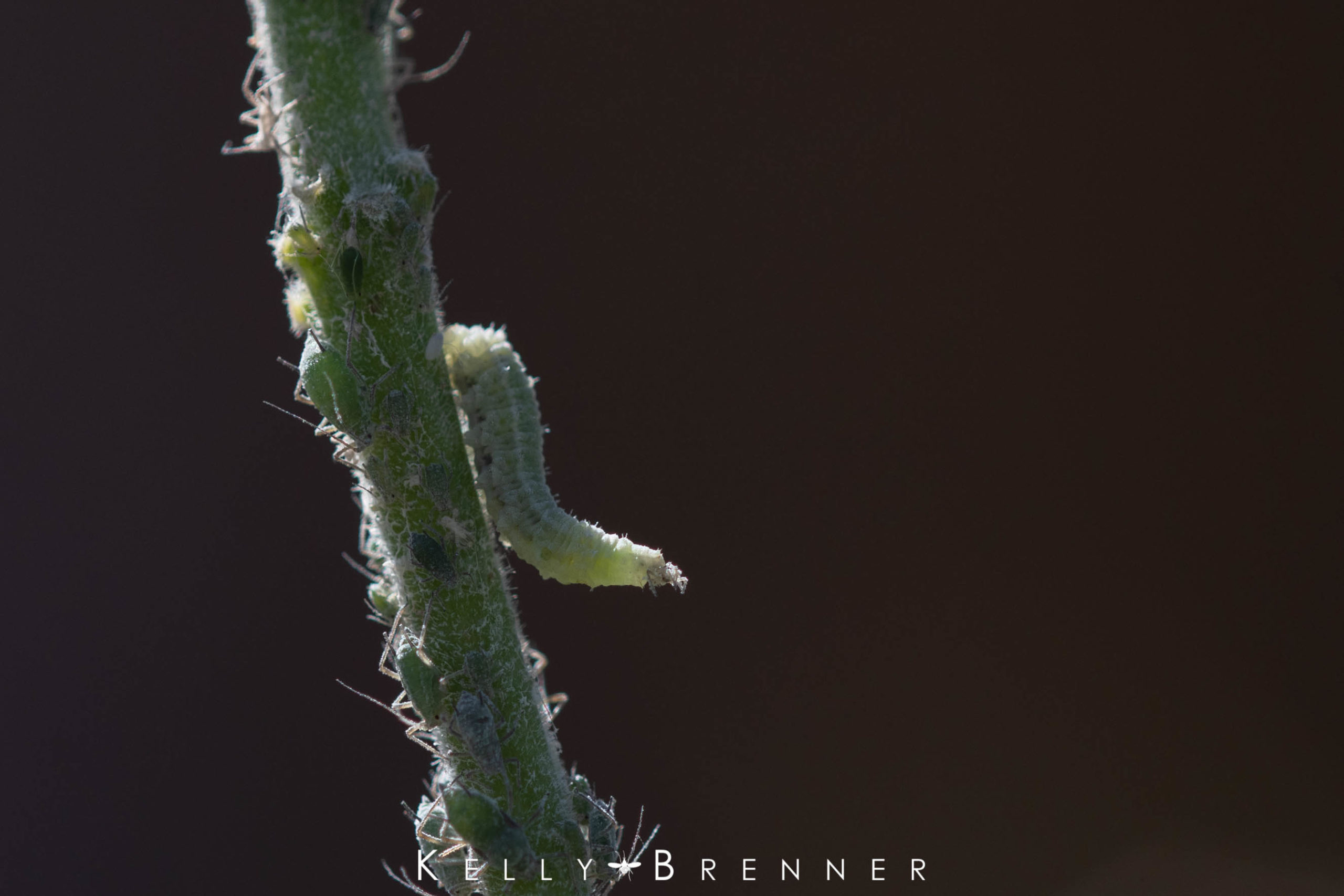
Hover fly larva
Syrphid flies undergo a complete metamorphosis, which is to say they start as an egg, hatch into a larva where they undergo several instars, transform into a pupa before finally emerging as the adult fly. Various species of hover flies feed on different things while a larva including, as many gardeners are happy to see, aphids. It’s been estimated that a single larva can eat upwards of 1,200 aphids during its lifetime, or should I say larva-time. They also consume other pest species including mealybugs, thrips, scales, and caterpillars among other small insects. However, unlike the shiny, colorful adults, the larvae aren’t much to look at. They are maggot-like, (well truthfully they are maggots, they are flies after all). They swing their lind head around until they bump into an aphid or other prey, at which point the larva grabs onto it, lifts it up in the air to prevent escape, and proceeds to suck out their insides. Once it’s time to pupate, they drop off the plants and overwinter on the ground in their pupal case.
Other hover fly species have larvae which live underwater or on the ground in the muck and the mire and consume organic debris. There aren’t many insects which have less going for them as larvae than the maggots of the drone fly, aptly named, rat-tailed maggots, which eat animal droppings and carrion. Oh and that tail? It acts like a snorkel for when their body is submerged in the juices of a dead rat and they need to breath. Now that’s a face not even a mother could love. And yet, even though they don’t defend us against aphids, and they’re quite revolting at larvae, they still provide a very valuable service to us by breaking down that offensive waste matter. According to the wonderful book Bugs Britannica by Peter Marren and Richard Mabey, it’s possible to attract and watch the rat-tailed maggots develop by providing containers of a “foul brew” and leaving them around the garden.
A few other species’ larvae live in ant nests where they consume the ants eggs and brood. One genus of hover flies, Volucella lay their eggs in bumbe bee nests, but unlike the ants, these flies only act as house cleaners and instead eat dead bees and other matter. The Syrphidae family doesn’t get off the hook entirely as beneficial species though, there are a few deemed as pests because their larvae burrow into flower bulbs and eat them along with other living plant materials including roots and stalks. However, in the backyard habitat, the bulb flies aren’t going to be numerous enough to cause any significant damage.
The transformation from aphid or fecal-eating maggot to a nectar sucking-fly is quite possibly, one of the most dramatic in the insect world. Once in adult form they provide another important service to us, that of pollination. Syrphid flies are very important pollinators in our gardens as well as in agricultural fields.
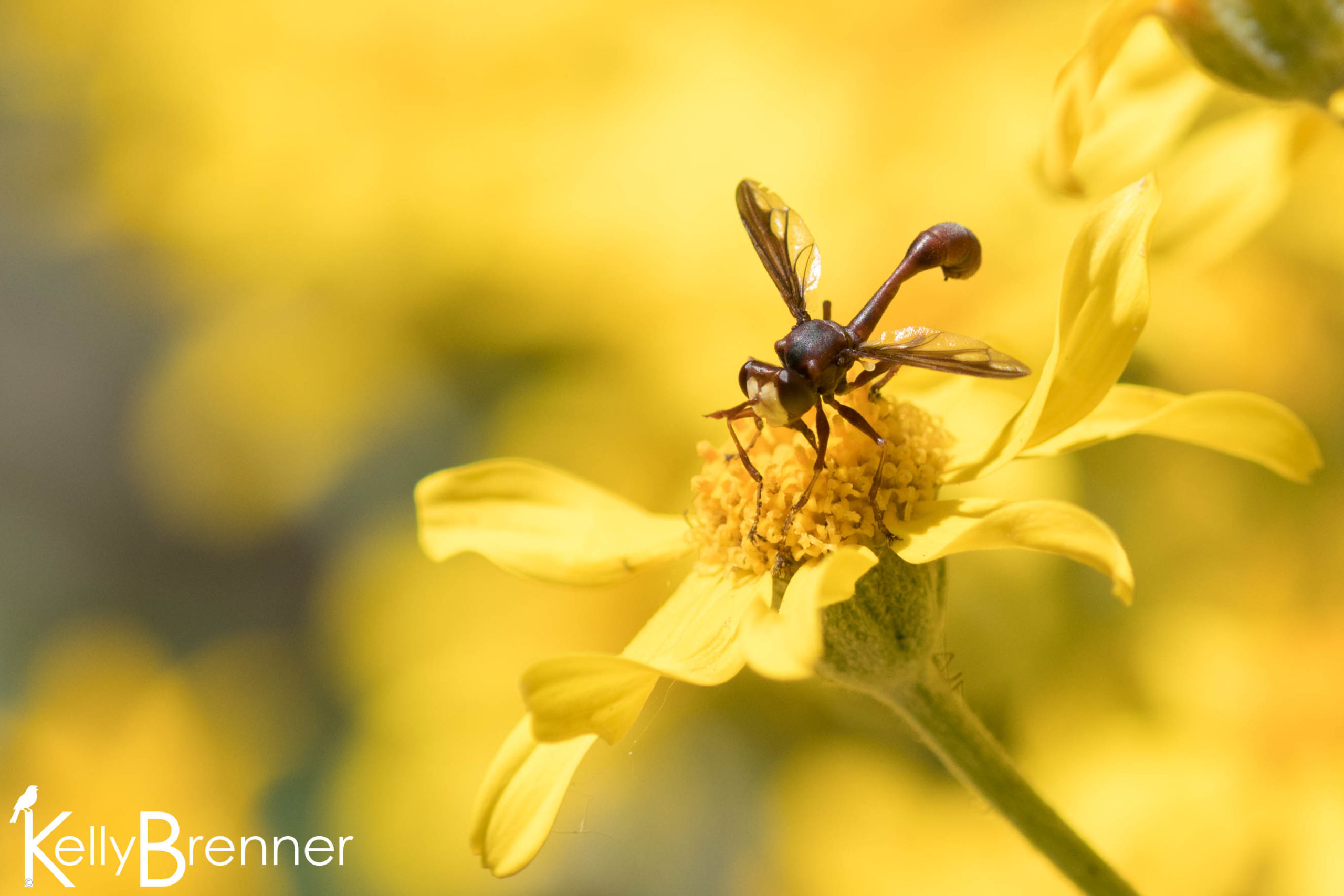
Hover fly
Providing habitat for hover flies is much the same as other pollinators; a regular supply of continually flowering plants, a wide diversity of flowers, and patches of sun. Hover flies are particularly fond of flowers with a flat top such as daisies, carrots and yarrow. This is because they have relatively short mouth parts, which act like a sponge, and they can’t reach the nectar which is further down in deeper flowers. According to Attracting Beneficial Bugs to Your Garden by Jessica Walliser, other plants syrphid flies like are black-eyed Susan, calamint, cinquefoil, cosmos, goldenrod, oregano, sweet alyssum and coneflower. See her book for a more complete list.
There are few better insects to attract to your landscape than hover flies, they’re beneficial as larvae and adults, they are beautiful (as adults), they’re tolerant of human presence, so it’s easy to observe them close-up, and it’s great fun to watch their aerodynamics.
Further Reading
Broadsides from the Other Orders: A Book of Bugs by Sue Hubbell
Bugs Britannica by Peter Marren and Richard Mabey
Garden Allies: Hover Flies in Pacific Horticulture Magazine
Attracting Beneficial Bugs to Your Garden: A Natural Approach to Pest Control by Jessica Walliser
Britain’s Hoverflies: An Introduction to the Hoverflies of Britain by Stuart Ball and Roger Morris
Family Syrphidae – Syrphid Flies on BugGuide
Flower Flies (Syrphidae) and Other Biological Control Agents for Aphids in Vegetable Crops (PDF)
Book Review:: Attracting Native Pollinators by The Metropolitan Field Guide

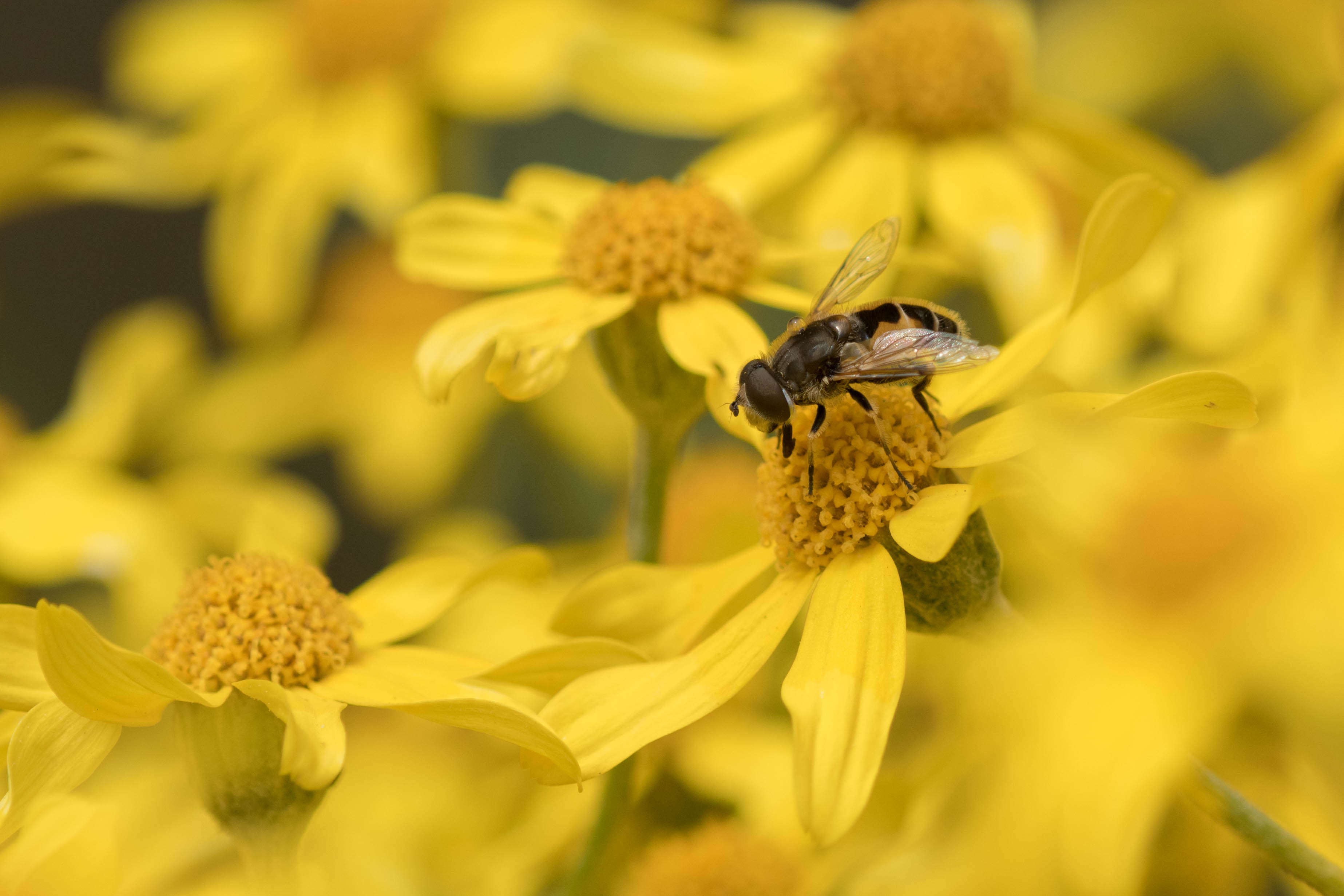


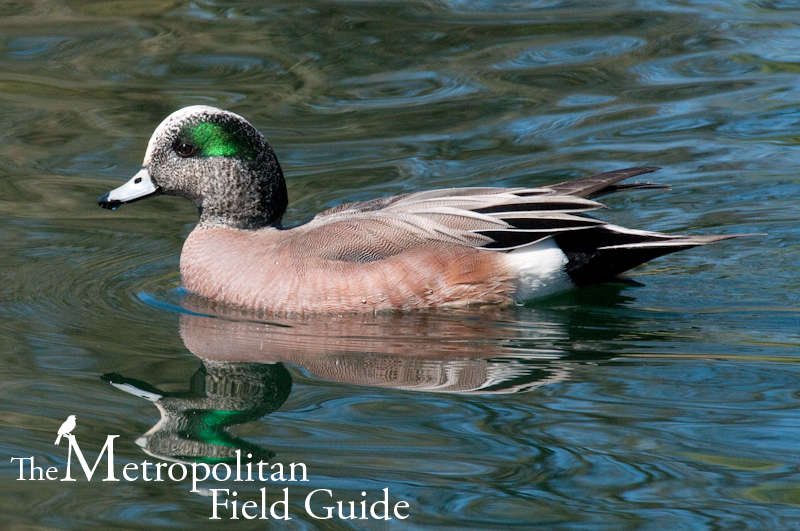
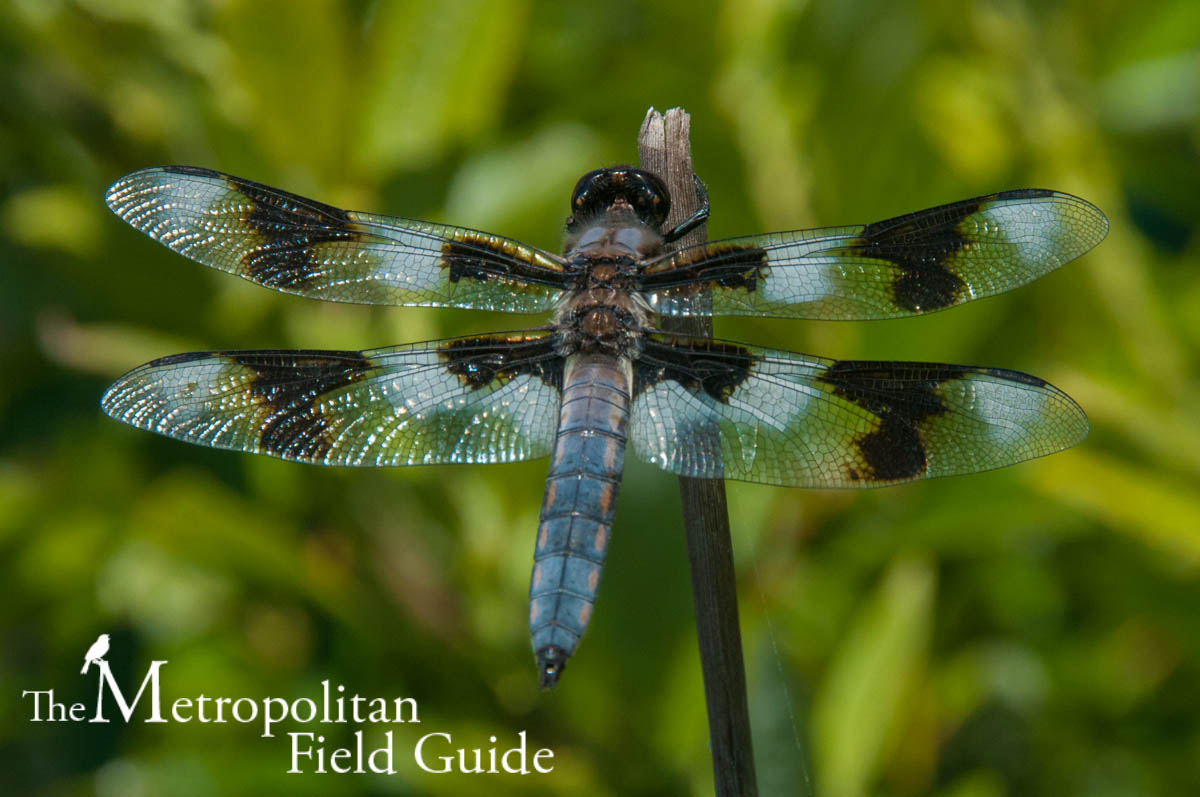

Glad to find your site, I just discovered hoverflies this year: we planted native plants that were supposed to attract pollinators, and had very few bees and almost no butterflies visit. So I took a closer look at the smaller insects that were visiting, which had heads like flies, and identified them as hoverflies. I am intrigued by them and hope to learn more about them, especially their mimicry, as ours appeared to mimic multiple other insects. I look forward to receiving your e-mails.